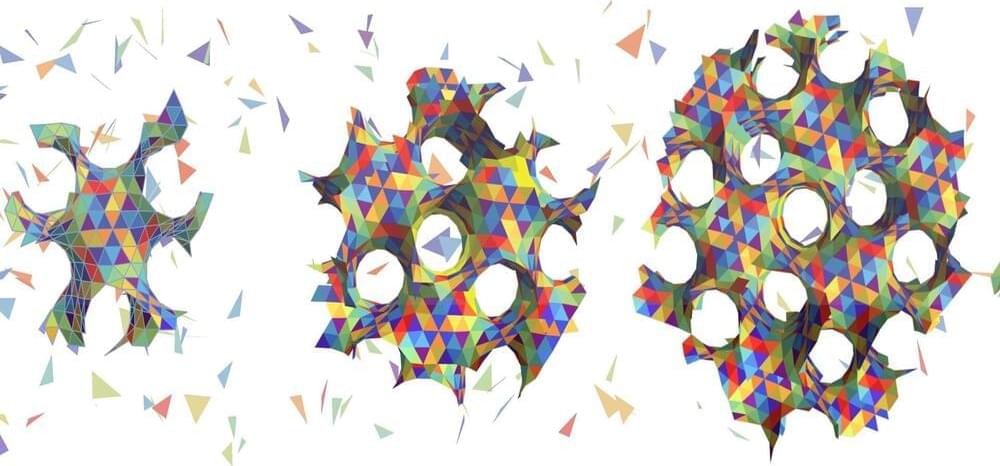May 1, 2024
The Weird Experiment that Changes When Observed
Posted by Shailesh Prasad in category: quantum physics
The double-slit experiment is the strangest phenomenon in physics. Try https://brilliant.org/Newsthink/ for FREE for 30 days, and the first 200 people will get 20% off their annual premium subscription.
Watch our vid on another experiment that defies logic: • The Weird Experiment That Defies Logic (quantum entanglement)
Continue reading “The Weird Experiment that Changes When Observed” »


















